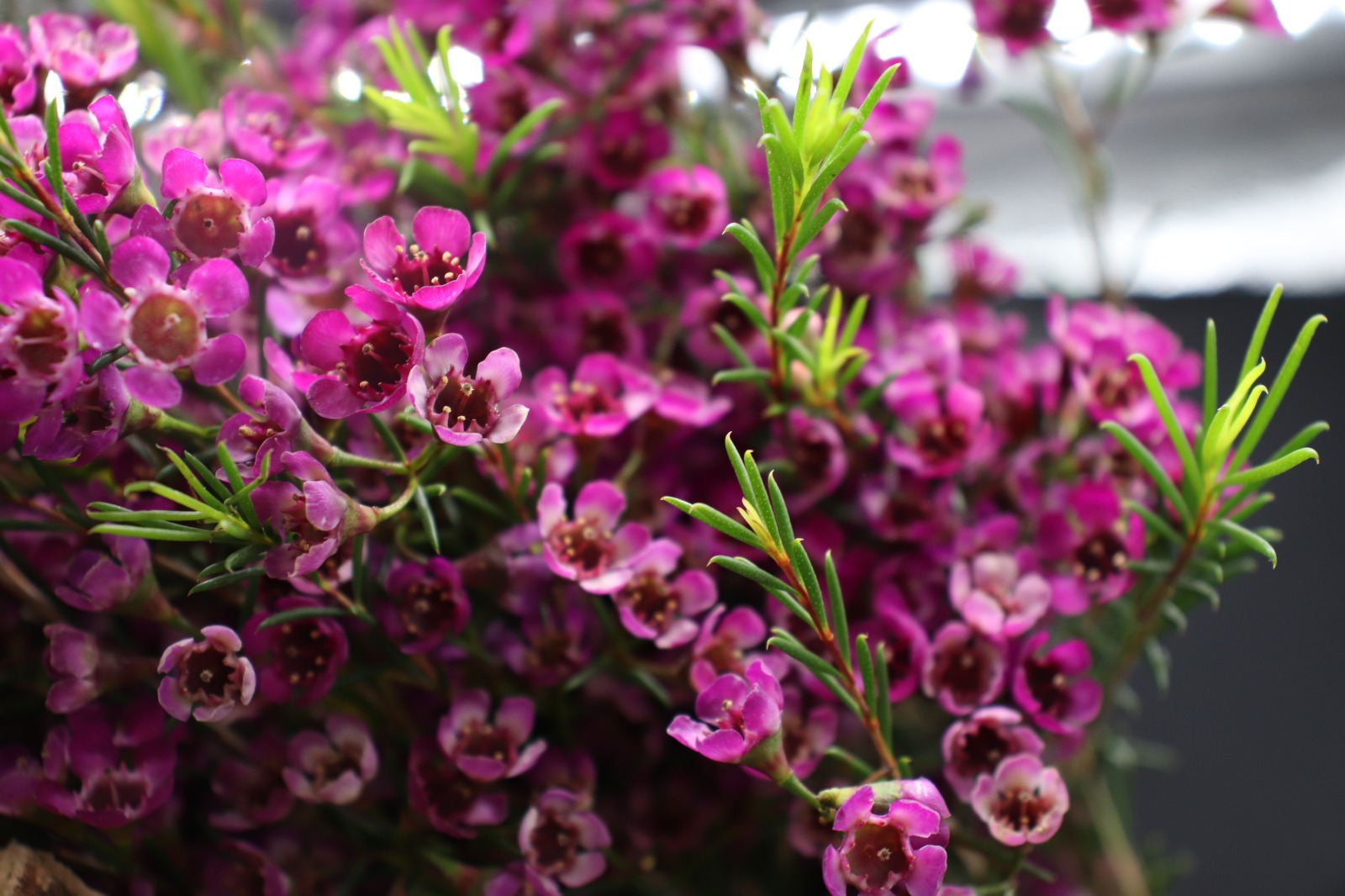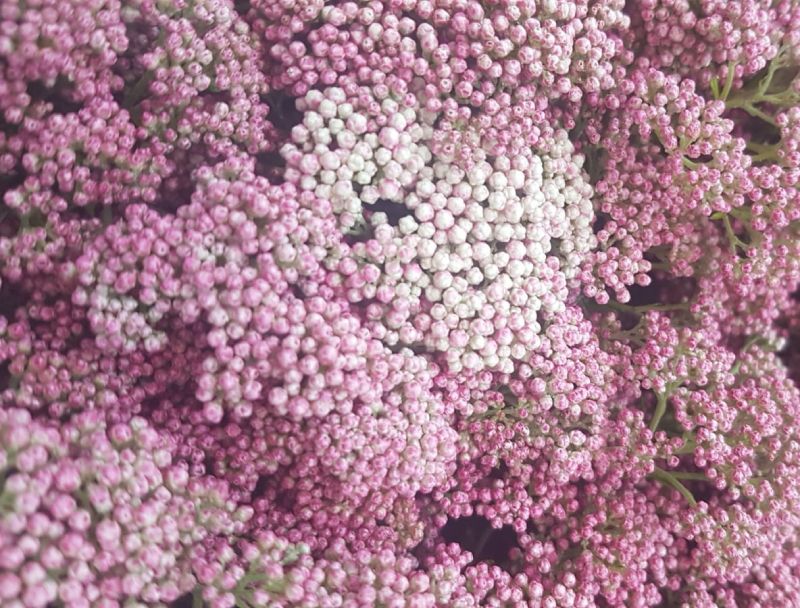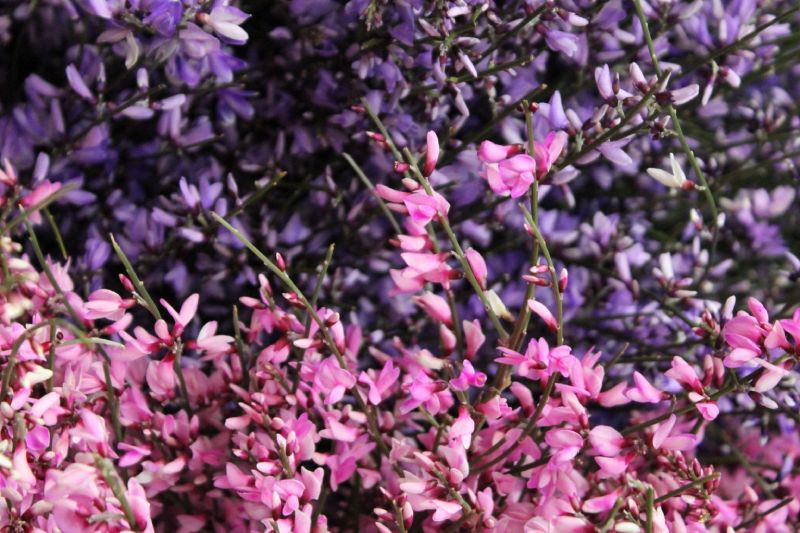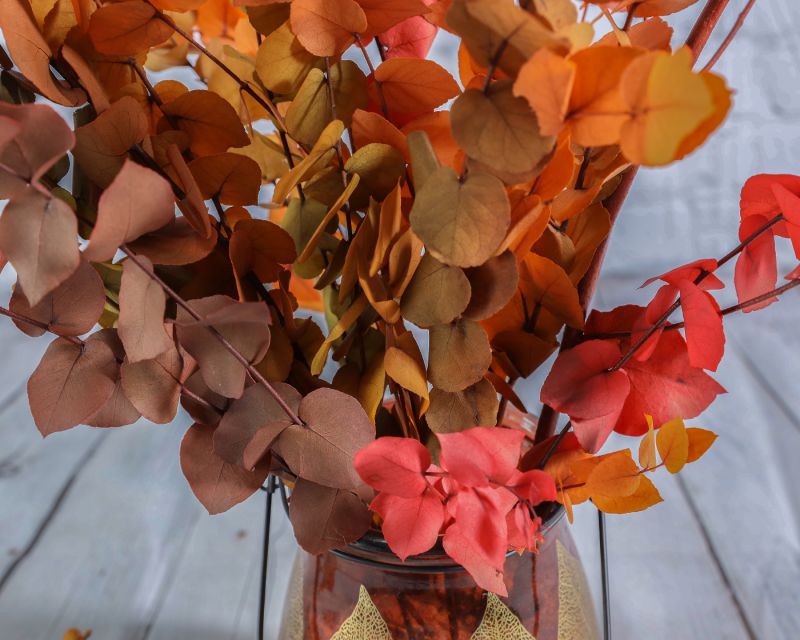Cut flowers are a touch of beauty and nature that everyone loves to have at home. Whether roses, sunflowers, tulips or a mixed bouquet, one would always want to keep their freshness as long as possible. Most flowers in water manage to retain their freshness for about a week, although some varieties are more long-lived. Orchids, for example, go up to three weeks, and so do some species of roses.
In any case, simple steps can be taken to preserve cut flowers longer and enjoy their vivid colors for several days.
Where to place fresh flowers at home
The position of cut flowers indoors is basic to their durability. It is necessary to avoid placing them near heat sources or in direct exposure to sunlight, as the heat will cause them to wilt quickly. A useful trick is to leave them for a few hours on the balcony or in a cool place so that the cold will help them slow down flowering. It is good to know, however, that the flowers that are most resistant to temperature changes are the seasonal ones, because they are grown in open air instead of in a greenhouse, and are therefore already accustomed to the changes between hot and cold.
Too strong drafts also harm the flowers, as they can make the petals fall off or spoil them. Also, you must keep them away from fruit, especially fruit that produces ethylene, because it would cause them to deteriorate more quickly.
As for the type of vase for cut flowers, it is always better to opt for an opaque one rather than a transparent one: the water will be kept better at room temperature and there is no need to fear that the sun’s rays will change its PH.
How to cut stem and leaves from cut flowers
When cut flowers arrive in the house, often the ends of their stems are already somewhat spoiled, and so it becomes difficult for them to absorb water and nutrients properly. To remedy this problem, it will be sufficient to make an oblique cut 2-3 cm from the part that is spoiled or has turned a little brown. If, on the other hand, the stem is still intact, it will be necessary to make the cut after 2-3 days. Care will need to be taken to use well-sharpened and clean blades, so as to make a clean cut that does not fray the stem and prevent harmful bacteria from settling on the fibers.
The lower leaves should also be removed so that they do not remain submerged in water: leaves in contact with water quickly rot and affect the health of the flower.
What to put in water to make cut flowers last
In their natural habitat, flowers receive numerous nutrients from the soil, but these are lost when immersed in water alone. Among these, the most important are phosphorus and potassium, which are easily found in every household’s compost. What to use, then, to create good nutrition for cut flowers? Simple, you just need to recover the peels of common fruits and vegetables such as bananas, avocados and potatoes and follow these steps:
- Fill a saucepan with water and dip the peels into it;
- Bring the water to a boil;
- Turn off the heat and let it rest until it reaches room temperature;
- Strain the liquid and pour it into the vase at each water change.
The amounts of the nourishing liquid vary according to the type of water in the house, but it is good not to overdo it and pour only a little, because otherwise you risk having the opposite effect and “burning” the flowers.
Coffee and sugar are also good for invigorating cut flowers, and only a teaspoon is needed to add to the water in the vase. If, on the other hand, you want an antibacterial effect, you can add a teaspoon of vinegar or bleach to a liter of water.



